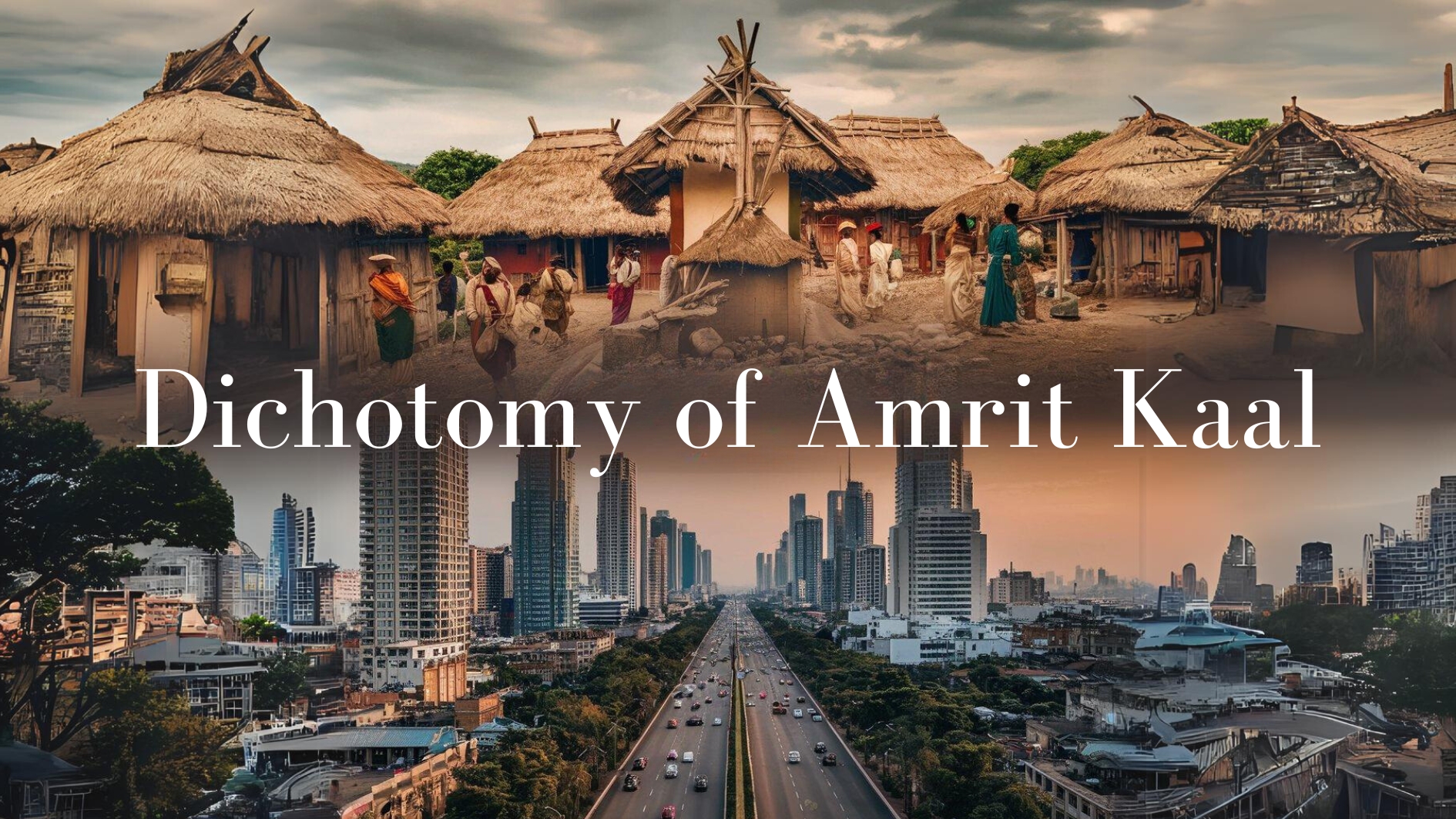Blogs
- Home
- Blogs
The Dichotomy of Amrit Kaal: India's Golden Era Analysis

The perspective shared here offers a nuanced analysis of India’s position and potential during what is referred to as “Amrit Kaal,” a term implying a golden era or a period of significant opportunity. The discussion is framed around the dichotomy of optimism versus skepticism, highlighting the pitfalls of both overly optimistic and overly pessimistic viewpoints regarding India’s development trajectory
Key points include:
Misinterpretation of Possibility and Eventuality: The optimistic camp may conflate the possibility of India’s rise as an inevitability, while skeptics may disengage, viewing progress as someone else’s responsibility. The argument emphasizes that while opportunity exists, realizing potential requires concerted effort.
Economic and Financial Health: The analysis notes that India’s fiscal indicators, such as deficits, corporate and bank balance sheets, and foreign exchange reserves, are in a strong position. It mentions specific factors like stable currency, controlled inflation, and potential foreign investment inflows as positive signs.
Tax to GDP Ratio and Infrastructure: An 18% tax-to-GDP ratio, along with improvements in infrastructure, is seen as a strong foundation for growth.
Geopolitical Dynamics: The ongoing US-China tensions are viewed as an opportunity for India, suggesting that global shifts can benefit the nation if leveraged correctly.
Demographics and Workforce: The young average age of India’s population and the availability of skilled workers are highlighted as advantages.
Comparative Advantage: The stuttering economies of Europe, the UK, and Japan contrast with India’s relative stability and growth potential.
Sectoral Successes and Opportunities: The discussion acknowledges India’s achievements in various sectors like software, pharma, and automobiles, and points towards future growth areas like biotech, renewable energy, AI, and healthcare.
Cultural Reference to Action and Perseverance: The narrative concludes with a call to action, invoking slogans from Nike and Johnny Walker to emphasize the importance of taking initiative and persisting through challenges.
Overall, the message conveyed is one of cautious optimism, recognizing the potential for significant growth and development within India during the Amrit Kaal, but also emphasizing the need for active participation and effort from individuals and institutions alike. The future is seen not as predetermined but as something that can be shaped through deliberate action.
